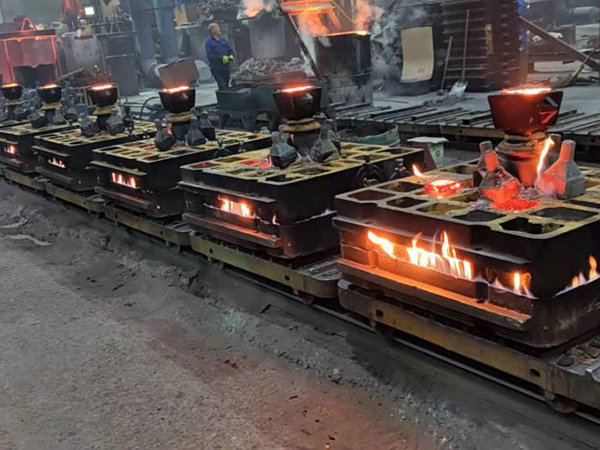Properties of Foundry Sand
Foundry sand is a critical material in the metal casting industry, playing a pivotal role in the production of high-quality metal components. It is primarily composed of silica, and its unique properties contribute to its effectiveness as a molding medium. In this article, we will explore the key properties of foundry sand that make it indispensable in casting processes.
One of the most important properties of foundry sand is its grain shape and size distribution. Foundry sand particles are typically rounded, which facilitates easy flow and packing during mold formation. This is crucial as it affects the mold's strength and its ability to retain shape under mechanical stress. The size distribution of the sand grains must be carefully controlled, as it directly influences the permeability of the mold. A well-graded sand allows for sufficient airflow, ensuring that gases produced during the casting process can escape, which reduces the risk of defects in the final product.
Another critical property of foundry sand is its refractoriness, or ability to withstand high temperatures without deforming or melting. Foundry sand must maintain its structural integrity even when exposed to molten metal, which can reach temperatures of up to 1600 degrees Celsius (2912 degrees Fahrenheit). Silica sand, being highly refractory, is often the material of choice for this purpose. The thermal conductivity of foundry sand also plays a role, as it can affect the cooling rate of the cast metal and influence the properties of the finished component.
properties of foundry sand

The cohesive characteristics of foundry sand are also significant. The ability of the sand grains to stick together, aided by moisture or binders, is vital for mold stability and strength. Molds that are too weak can lead to defects such as cracks or inaccuracies in the final product, while overly strong molds can be challenging to remove after casting. Therefore, achieving the right balance of cohesion is essential for optimal mold performance.
Moreover, foundry sand is valued for its reusability. After a casting operation, much of the sand can be reclaimed and treated for subsequent casts, making it a cost-effective and sustainable choice within the industry. Innovations in sand reclamation processes have significantly improved the quality of reused sand, ensuring that it retains the necessary properties for multiple uses.
In conclusion, the properties of foundry sand—such as grain shape and size distribution, refractoriness, cohesiveness, and reusability—play a crucial role in the efficiency and success of metal casting operations. Understanding and optimizing these properties not only enhances product quality but also contributes to sustainable industry practices. As the importance of efficient resource use continues to grow, foundry sand remains a fundamental material that supports the advancement of casting technologies.
Post time:11-р сар . 25, 2024 06:06
Next:Exploring the Mysteries of Supersands and Their Unique Features and Benefits
